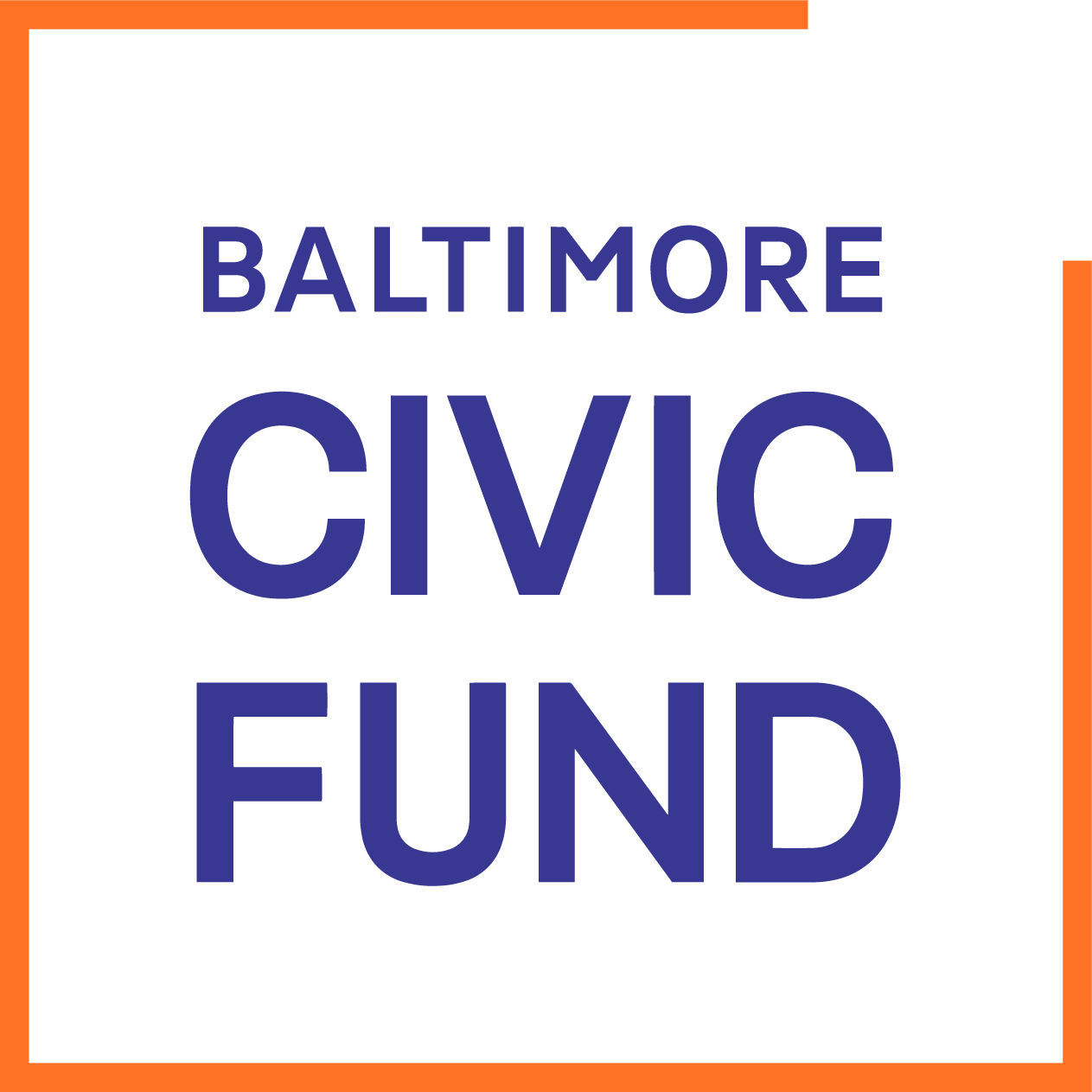
Frequently Asked Questions:
Environmental Offset Grant Program
For Previous Applicants
-
If you applied for our Environmental Offset Grants last year, you’ll see a few changes in the application this year. We’ve introduced an Eligibility Survey that all applicants will have to fill out in order to access the application, with a few questions intended to help redirect potentially ineligible project. We are also now requiring a Maintenance Plan (template provided) to ensure that all projects have a clear idea of how they will care for their projects once implemented. Finally, you will be asked to provide a budget narrative that describes the purpose of budget line items and how they directly connect with the goals and environmental benefits of the project.
-
The Baltimore Civic Fund is a 501(c)(3) organization that, since 1981, has served as a fiscal sponsor for the City of Baltimore to advance the Mayor’s priorities. Our mission is to enhance the quality of life for all residents of Baltimore one grant, one program, and one partnership at a time.
Eligibility
-
Prior approval from DHCD is needed for work on Adopt-a-Lots before this program can grant any funds. Please reach out to Anika Middelton and Tamara Woods with DHCD to seek departmental approval before applying for this grant. If you have any questions, you can contact Rachel Whiteheart (Rachel.whiteheart@baltimorecity.gov) or Grace Hansen (grace.hansen@baltimorecity.gov).
-
Past grant projects have varied – all involved supporting environmental efforts in Baltimore City and were undertaken by a nonprofit or faith-based organization, a community association, or a service and/or civic group. A few past examples include:
A non-profit funded a series of environmental engagement opportunities to educate and train community stewards to care for their local green spaces.
A church removed impervious surface and installed two bioretention systems on their campus.
A non-profit conducted water quality monitoring in the Inner Harbor.
A land trust improved and maintained two of their green spaces and expanded their educational opportunities associated with the two green spaces.
A non-profit planted trees on several school campuses across Baltimore City.
-
Environmental Offset Grants cannot support projects that are proposed by ineligible organizations, projects that involve activities outside of Baltimore City, or projects that involve discriminatory activities. A few examples of ineligible activities are:
Printing materials for education activities.
Providing snacks or t-shirts for volunteers.
Projects that will achieve stormwater management or tree planting that is required to meet environmental regulations for a development project.
Any expenses that are not directly related to the environmental benefit of the project. These may need to be assessed on a case-by-case basis – please reach out to Office of Sustainability staff if you have any project-specific expenses that you would like clarification regarding.
-
DHCD has identified the Community Development Impact Investment Areas as neighborhoods that should be targeted for resource investment because of near-term opportunities to achieve inclusive, economically sustainable growth. DHCD provides additional information as to how these areas were designated in “A New Era of Neighborhood Investment – A Framework for Community Development.” If your project is not located in an Impact Investment Area, we still encourage you to apply. Impact Investment Areas are just one of several equity considerations that will influence our application review.
-
Projects are not required to be within the Critical Area – we encourage applications from across Baltimore!
Programmatic Questions
-
We are open to a wide range of project sizes and impacts, as demonstrated by the wide range of individual project grant funds available ($5,000 - $75,000). We understand that not all environmental projects will look the same and that not all organizations have the same capacity and we will review applications with this in mind.
-
Yes! If your project spans neighborhoods, please include all relevant zip codes with the project information and include a list of all impacted neighborhoods in your project description.
-
For 2026, we are requiring applicants to complete a maintenance plan to demonstrate the success of the project for the first 5 years post-implementation. We are providing a maintenance plan template for applicants to complete.
Technical Questions (Grant Portal or Template)
-
Follow the link provided in the application. Once the document opens, you will see it is in a Read-Only format which means you will not be able to edit the document directly. In the top left corner choose File> click the 3 dots> click Save As> click Download a Copy.
